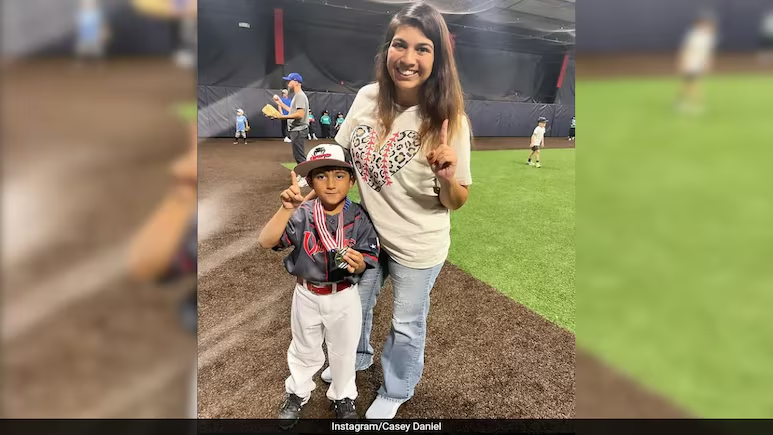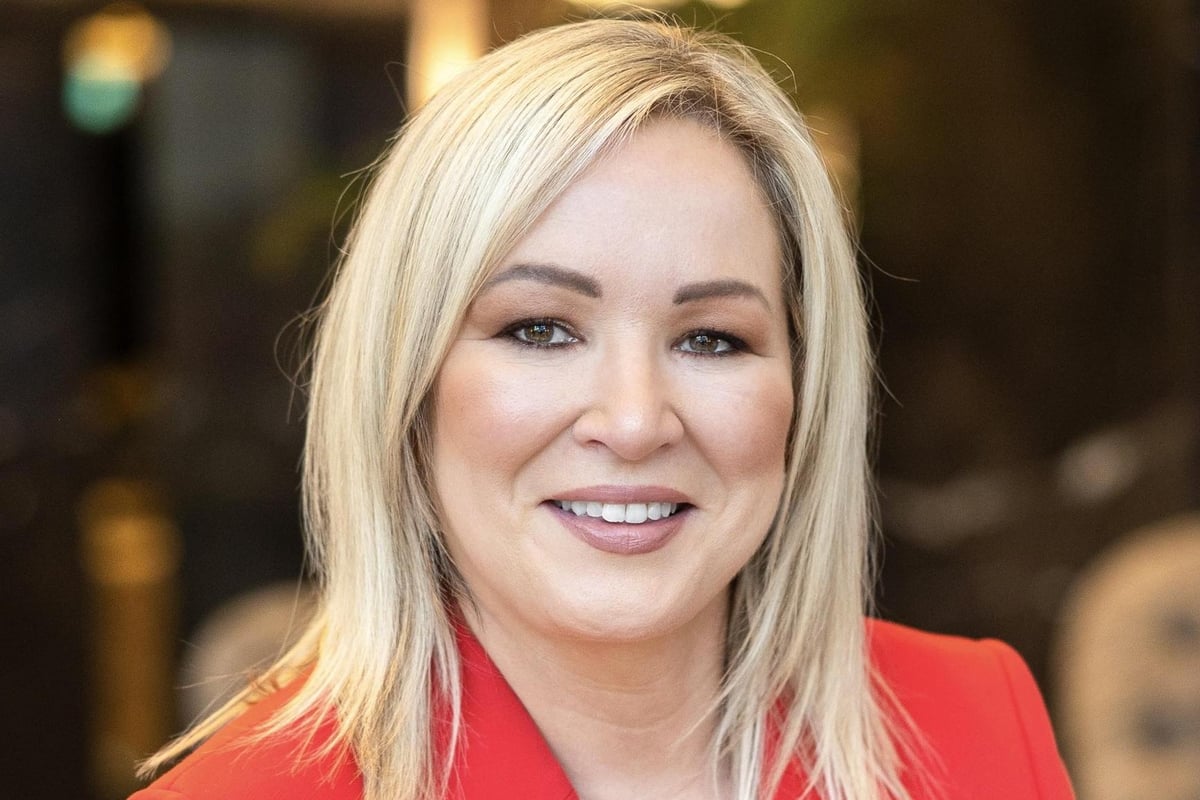By Shriya Kataria
Copyright breezyscroll

When six-year-old Witten Daniel was rushed to the hospital in April with dizziness and headaches, doctors told his family it was the flu. Within 24 hours, he could no longer walk, talk, or breathe on his own. He slipped into unconsciousness, and his parents were warned he might never recover.
What saved him wasn’t just modern medicine; it was his mother’s persistence and a late-night internet search that led to the right doctor at the right time.
What Happened to Witten Daniel?
According to the New York Post, Witten’s symptoms spiraled quickly after his initial diagnosis. The flu explanation didn’t fit. As doctors ran more tests, they discovered a cavernous malformation—a cluster of fragile blood vessels leaking inside his brainstem.
This condition is rare but dangerous. The bleeding had triggered seizures and strokes, leaving Witten in critical condition. Physicians cautioned his parents that survival might come at a heavy cost: permanent disability, ventilator dependence, and the loss of basic functions like swallowing.
How a Google Search Changed Everything
Faced with devastating news, Witten’s mother, Casey Daniel, refused to give up. Late at night, she searched online for specialists who treated cavernous malformations.
That search led her to an article by Dr. Jacques Morcos, a neurosurgeon at UTHealth Houston with expertise in the condition. She reached out immediately. Dr. Morcos responded, advising an urgent transfer to his hospital.
The next step was a high-stakes decision. With Witten’s life on the line, the family agreed to move him to Houston for surgery.
The Surgery That Saved His Life
In Houston, Dr. Morcos teamed up with pediatric neurosurgeon Dr. Manish Shah. Together, they performed a four-hour emergency surgery to remove the malformation from Witten’s brainstem.
The results were nothing short of extraordinary. Within hours of the operation, Witten regained consciousness and started breathing and speaking again.
Six weeks later, he was home—celebrating his seventh birthday, starting second grade, and cleared to play baseball. For a boy who had been close to losing his future, it was a remarkable turnaround.
What Is Cavernous Malformation?
Cavernous malformation is a condition involving clusters of abnormal blood vessels in the brain or spine. These vessels are fragile and prone to leaking, which can lead to:
Strokes or mini-strokes
Neurological problems like vision or balance issues
Brain hemorrhages in severe cases
According to medical research, the condition affects about 1 in 500 people. While some never experience symptoms, others—like Witten—face life-threatening complications.
Why Early Diagnosis Matters
Cavernous malformations can be tricky to diagnose because their symptoms mimic other conditions, from migraines to the flu. Misdiagnosis can delay treatment, raising the risk of irreversible damage.
Key reasons early detection is critical:
Prevents major strokes or seizures: Identifying the malformation before a bleed reduces risk.
Allows for specialized surgery: Not all hospitals have neurosurgeons trained for such complex operations.
Improves long-term outcomes: Patients often return to normal life after timely surgery.
The Role of Digital Access in Modern Healthcare
Witten’s story underscores a growing reality: sometimes, patients or families find life-saving answers online before doctors do.
That doesn’t mean Google replaces physicians—but it highlights how access to medical knowledge can empower families to seek second opinions and locate the right specialists.
For families facing rare diseases, digital searches and online medical communities can bridge the gap between initial misdiagnoses and specialized treatment.
Why This Story Resonates
Witten’s recovery is more than a medical miracle—it’s a reminder of the human side of healthcare: persistence, advocacy, and the willingness to question initial answers.
His story shows that:
Parents’ instincts matter. Casey Daniel trusted her gut when the flu diagnosis didn’t make sense.
Access to specialists is crucial. Not all hospitals have expertise in rare brain conditions.
Medical miracles are teamwork. From a mother’s determination to skilled surgeons, every step was vital.
From being told he might never walk again to stepping back on the baseball field in just weeks, Witten Daniel’s story is a powerful testament to hope, persistence, and the role technology can play in modern medicine.
For families navigating uncertain diagnoses, it also sends a clear message: trust your instincts, ask questions, and don’t be afraid to seek out specialists—even if it takes a midnight Google search.



